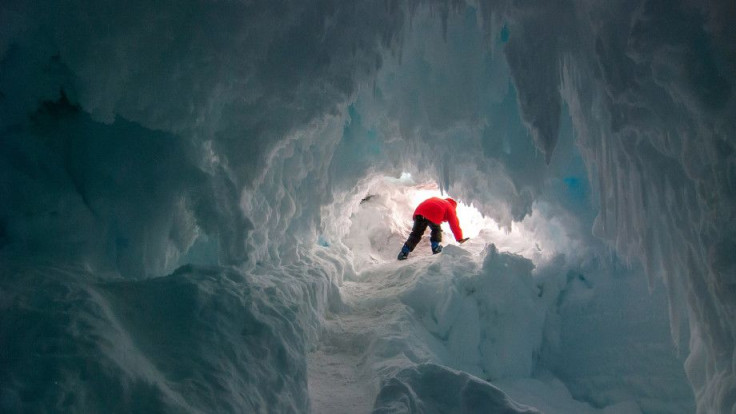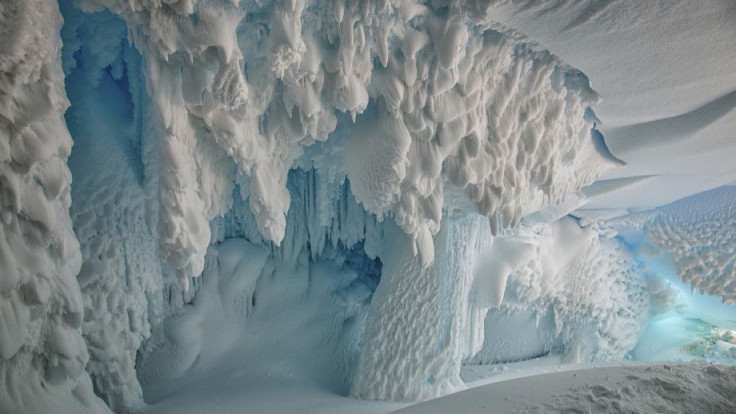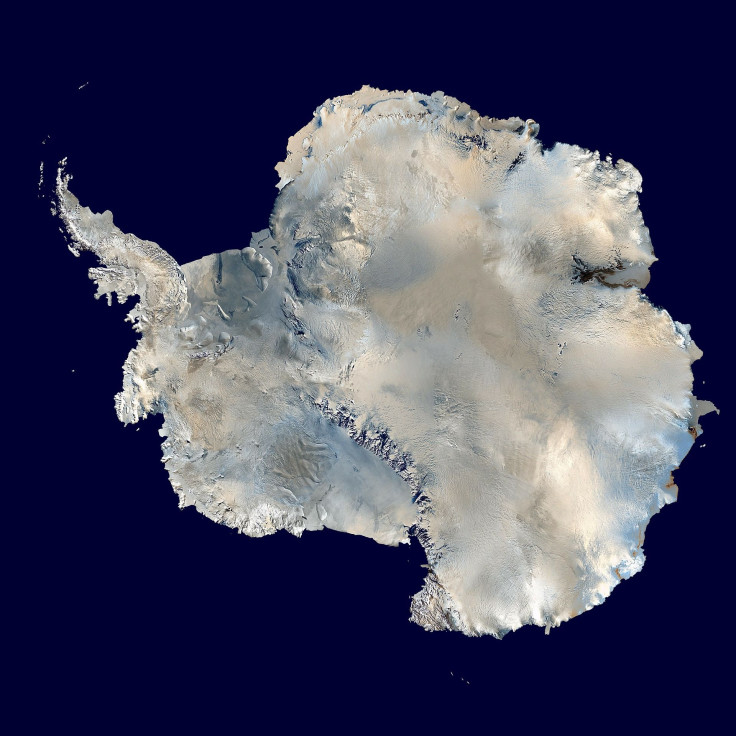Antarctica’s Volcano Caves Might Have Hidden Animals To Discover

Antarctica might contain extensive cave systems bursting with life, including both plants and animals thriving in areas warmed by volcanic activity.
A group of scientists wrote a paper in the journal Polar Biology that explains active subsurface volcanoes have vented steam that has carved out “extensive and interconnected” subglacial caves that could be hospitable to creatures large enough to be visible to the naked eye, as opposed to just microorganisms. Those geothermal areas — warmed by the Earth’s internal heat — could be a refuge for “a wide range of species.”
“These subglacial environments are often tens of degrees warmer than outside air temperatures, could have liquid water, and have light near their mouths or where overlying ice is thin,” the researchers explained. “If geothermal environments in Antarctica, including subglacial geothermal caves, could indeed have housed invertebrates and plants during past glacial periods, we hypothesise that diverse species should also live in these environments today.”
Just because they have not yet been discovered does not mean they do not exist, the study says: “No observations of macrobiota have yet been made for subglacial geothermal environments in Antarctica, but these organisms are often patchily distributed and can be difficult to find.”
To make their assertion, the researchers took samples from volcanoes and subglacial caves around Antarctica, finding traces of moss, algae, roundworms and arthropods, the type of invertebrates with exoskeletons that can include spiders, insects and crustaceans. Those creatures were in both exposed and subsurface areas.
“Our findings support the notion that geothermal areas — including subglacial environments — can nurture biodiversity in glaciated regions,” the authors wrote.
Most of the DNA from plants and animals that the researchers sampled from caves at Mount Erebus, one of the biggest volcanoes on Antarctica, could be found in other locations on the continent, but not all.
Although there is no proof that the creatures still live in the caves today, the researchers plan to do a more extensive search.

“The results from this study give us a tantalising glimpse of what might live beneath the ice in Antarctica — there might even be new species of animals and plants,” lead researcher Ceridwen Fraser said in a statement from Australian National University. “It can be really warm inside the caves — up to 25 degrees Celsius in some caves. You could wear a T-shirt in there and be pretty comfortable.”
Microorganisms like bacteria and fungi have previously lived in the caves. Larger organisms would be the next step.
“If they exist, it opens the door to an exciting new world,” researcher Laurie Connell, from the University of Maine, said in the ANU statement.
It’s possible that there are many areas where subsurface volcanoes have blasted out space and heat to support organisms. Recent research has suggested that there are dozens of more volcanoes hidden under the ice on Earth’s southernmost continent, based on radar data that found conical shapes below the surface.
“We don’t yet know just how many cave systems exist around Antarctica’s volcanoes, or how interconnected these subglacial environments might be,” researcher Charles Lee, from the University of Waikato, said in the statement. “They’re really difficult to identify, get to and explore.”

© Copyright IBTimes 2024. All rights reserved.





















